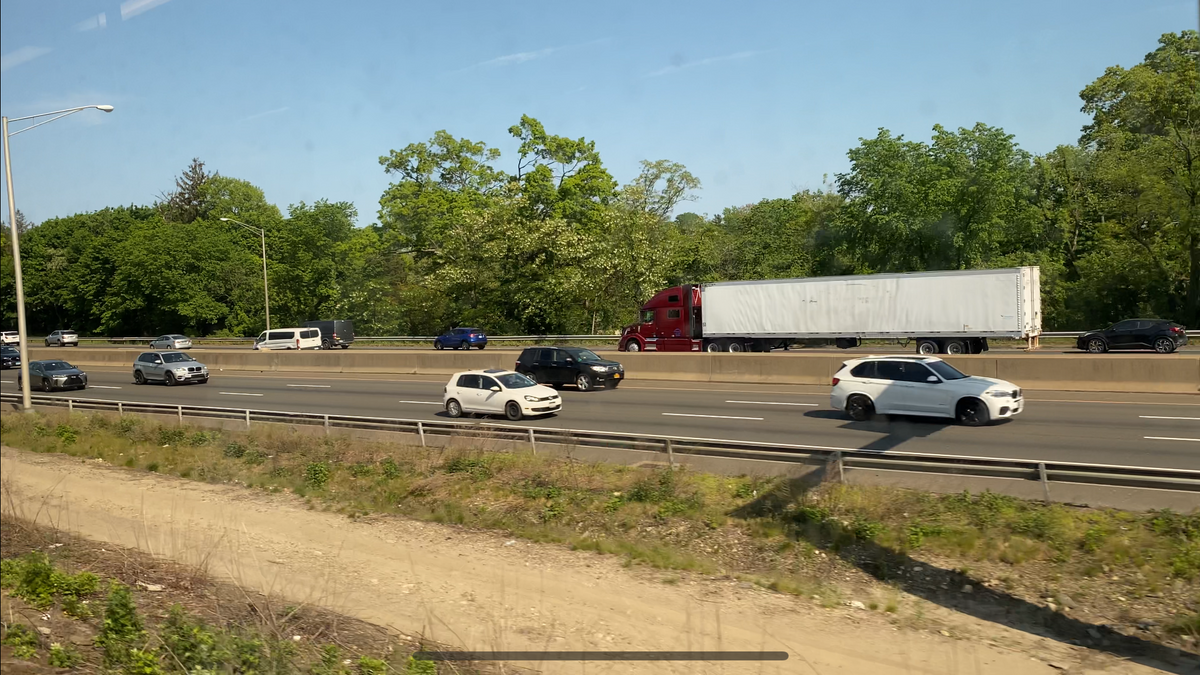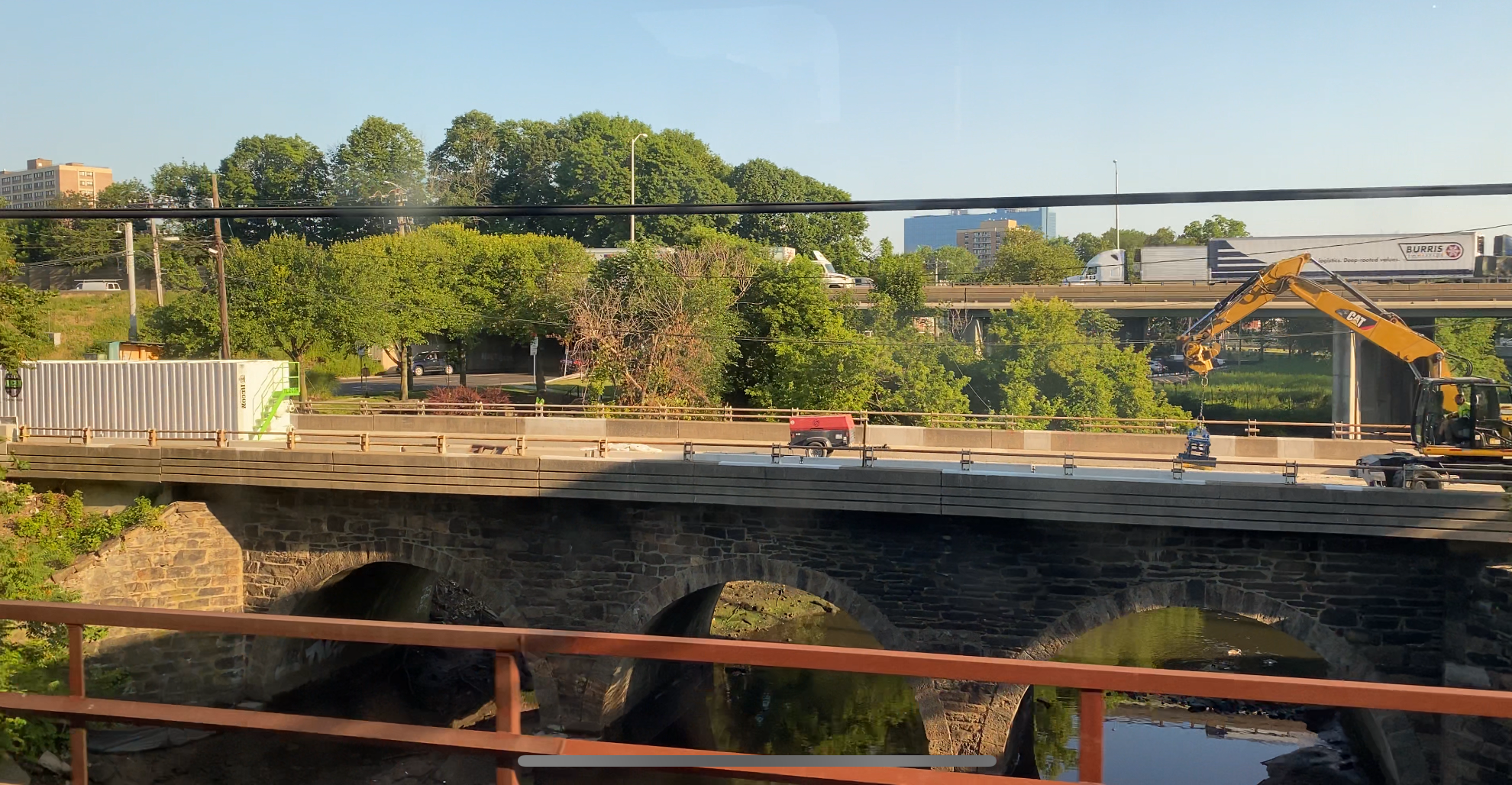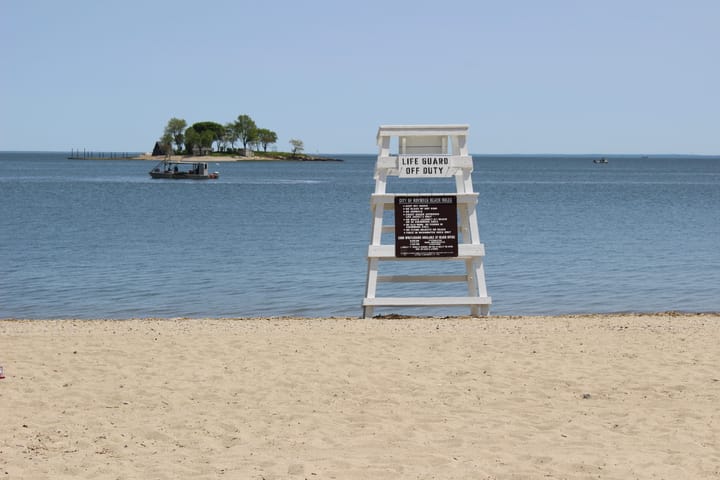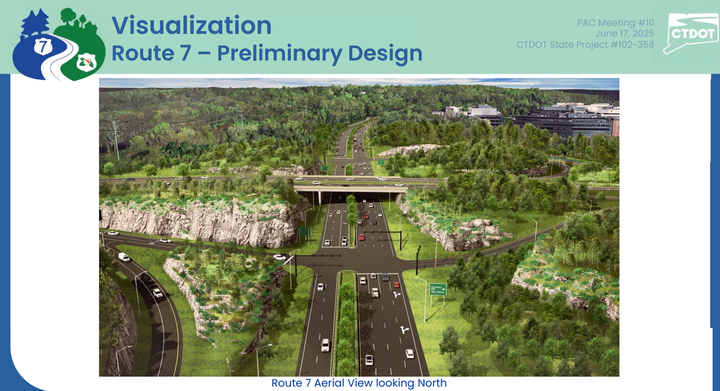More than $150 million is coming to Southwestern Connecticut. How will it impact the region?

Infrastructure almost always goes unnoticed— until there’s an issue with it.
We often don’t think about the roads we travel to work each day, until we hit a large pothole and mess up a tire, or see a road closed and have to detour.
We don’t think about the water that comes out of sinks, bathtubs, and showers, until one day it turns brown and we're not sure why.
We don’t think about the pipes, drains, and basins that store excess water and carry it away after it rains until one of them breaks and a basement gets flooded or a street becomes impassable.
We don’t think about the internet that connects your phone and computer to your job, your homework, and your favorite entertainment, until we hit a dead zone and can’t connect.
However, much of our infrastructure—both in Connecticut and across the country—is in need of upgrades, repairs, and investment.

In Connecticut, more than 2,100 miles of highway and almost 250 bridges are in poor condition, according to a report from the White House. On average, our drivers each pay $711 per year to deal with costs due to driving on roads that need repair. From 2010 to 2020, the state experienced at least 15 extreme weather events—and at least two more hit our region in 2021—that cost more than $5 billion in damages. Almost 12% of Connecticut residents don’t have an internet connection.
These are just a few reasons why local municipalities across the region are investing their federal American Rescue Plan Act funds in infrastructure, as well as looking to support public health measures, improve the area’s economic recovery, and give support to families, nonprofits, and businesses in need.
More than $150 million is heading to our local municipalities in southwestern Connecticut, with an additional more than $72 million heading to our school districts.
We’re going to dive into this funding—what municipalities are planning to do with this massive investment, what projects are getting prioritized, how our communities might be impacted by it, and a look at ideas that are yet to be funded.
Please Note: This is just our first story in a series of federal funding stories. We'll explore where school districts are using their ARPA funds. We'll check in on where some of initial COVID funding went. We'll follow up on this story as projects and plans get approved, and we'll take a look at how the bipartisan infrastructure bill will impact our area.
How much is southwest Connecticut receiving?
Allocations of ARPA funds have been divided at the federal between municipalities and school districts. The breakdown for southwest Connecticut looks like this:
(Source: State of Connecticut—cities and school districts)
Where is the money going?
Municipalities have spent several months drafting and, in some cases, approving proposals to spend their shares of ARPA funding in a number of different areas.
More than half of the funds, almost $80 million across the municipalities, have been proposed for infrastructure projects. Addressing flooding issues, catching up on street paving, improving stormwater systems, investing in broadband, and purchasing electric vehicles are just a few ways the municipalities are investing in infrastructure.
Projects totaling more than $20 million have been proposed to improve school-related infrastructure, including adding air conditioning, improved ventilation systems, paving/resurfacing school lots and roads, and providing more outdoor space.
Just a reminder, these are the projects that the municipal side has agreed to use their federal funds for—school districts got their own separate ARPA allocations.
Almost $7 million in funding is planned to go to help local businesses recover from the pandemic. This includes direct aid, such as grants to help them financially, as well as infrastructure funding to enhance the area around them.
More than $20 million is slated to help cities and towns make up lost revenue in their budgets, provide support to their health departments, and improve city services through digitizing records and improving hybrid/virtual meeting access.
Almost $6 million is available to help support nonprofit services across the region, particularly those who provide mental health services, those working with disadvantaged populations, and those working in communities which have been particularly impacted by the pandemic.
Two towns—Greenwich and Fairfield—have proposed providing direct aid to some residents who have been extremely financially affected by the pandemic.
About $2 million has been proposed to support affordable housing efforts in the area.
Here’s a look at each municipality’s plans for their share of the ARPA funding:
Greenwich | Stamford | Darien | Norwalk | Westport | Fairfield
What is the American Rescue Plan again?
The American Rescue Plan is a $1.9 trillion spending plan that was passed by Congress and signed into law by President Joe Biden, on March 11, 2021.
The plan included a variety of pieces, such as:
- Stimulus payments of $1,400 to U.S. taxpayers making less than $75,000
- $14 billion for distributing vaccines
- $45 billion in rental, utility and mortgage assistance
- An extension of unemployment benefits that ran through Labor Day
- And — the focus of this article— $350 billion for state, local, and tribal governments, as well as $130 billion to primary and secondary schools
- While there is broad spectrum of ways the money can be spent, it is worth noting that the ARPA funds cannot be used to reduce taxes or go to paying pensions.
Why are we talking about something that was passed in March?
A great question. For starters, many municipalities haven’t officially finalized where every single dollar will be going—so the plans mentioned here may change. Some municipalities, like Darien, are still in the idea generation stage, while others, like Fairfield, have had projects approved already.
Many projects will also be coming up before local boards and commissions in the next few months, giving residents a shot to weigh in on where the money is going.
Finally, its important to note that the money is coming in two parts. Municipalities got their first half in May 2021, with the second half coming in May 2022. They also have a few years to spend it—funds must be earmarked, or obligated, by the end of 2024, and fully spent by Dec. 31, 2026 so residents should see these projects in the works over the next few years.



